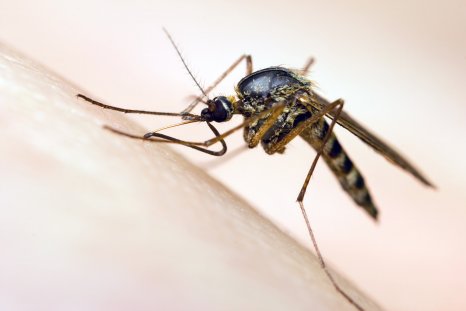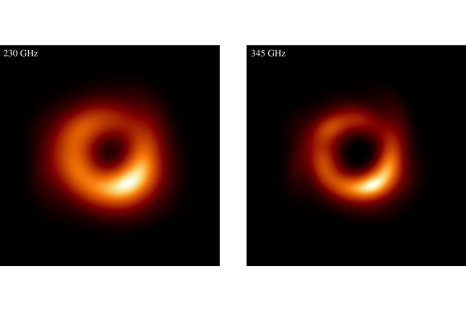Strength training exercises may play a vital role in activating our body's cellular cleanup processes, new research suggests. This cellular spring cleaning is essential for maintaining the healthy functioning of our organs and tissues and is a key component of healthy aging.
The cells that make up our muscles are subject to constant wear and tear, especially when we work out. So, to keep things tidy, our bodies have developed a recycling system to remove any damaged cellular components.
This process is called autophagy, which basically involves collecting worn-out cellular machinery in a giant garbage bag called an autophagosome. Inside the autophagosome, these components are broken down into their basic building blocks, which can then be used elsewhere.
One particularly important player in this process is a protein called BAG3, which helps identify damaged components and ensures they end up in an autophagosome. Strength training exercises appear to activate this protein.
"The World Health Organization suggests strength training for people aged 65 years and older for healthy aging," Jörg Höhfeld, a professor at the University of Bonn Institute of Cell Biology, told Newsweek. "Our work explains, at least in part, why strength training is so important. Only upon resistance exercise, BAG3 is activated to efficiently recognize cellular garbage and to dispose it through autophagy."
In their study, published in the journal Current Biology, Höhfeld and colleagues demonstrated how mechanical stress—i.e., strength training—triggers a cellular signal that activates BAG3 in human muscle.
These effects can be seen after only a few repetitions, so long as you are lifting near your maximum capacity.
"An activation of the BAG3 system is already observed after 20 to 30 high-intense muscle contractions in a single training session," Höhfeld said. "It is important to go to maximum intensity contraction to induce micro-damage of the muscle."
BAG3 activation is most pronounced when training targets larger muscle groups: "It is beneficial to target big muscle groups in legs, chest and back through weightlifting or squats and pull-ups," Höhfeld said. "The latter might be carried out with weights to reach muscle overloading."
Autophagy has become somewhat of a buzzword in the anti-aging space, but Höhfeld said that the cellular recycling mediated by BAG3 is slightly different from what is generally discussed in this wellness trend.
"Different forms of autophagy exist," he said. "The form of autophagy generally discussed in the context of aging is starvation-induced autophagy, which is induced by caloric restriction or intermittent fasting and mediates the degradation of surplus cellular material at times of limited nutrient supply. In contrast, BAG3-mediated autophagy degrades cellular garbage – in particular, damaged or aggregated proteins.
"Of note, aging cells produce more BAG3 to counteract the age-dependent accumulation of damaged and aggregated proteins through increased degradation. The pathway contributes to healthy aging in this way."
By learning more about the biochemical processes that activate this protein, the team hopes to offer new insights for future therapeutics aimed at treating muscle weakness, heart failure, and other conditions resulting from the buildup of damaged particles in muscle tissue.
Is there a health problem that's worrying you? Let us know via health@newsweek.com. We can ask experts for advice, and your story could be featured in Newsweek.
References
Ottensmeyer, J., Esch, A., Baeta, H., Sieger, S., Gupta, Y., Rathmann, M. F., Jeschke, A., Jacko, D., Schaaf, K., Schiffer, T., Rahimi, B., Lövenich, L., Sisto, A., Ven, P. F. M. van der, Fürst, D. O., Haas, A., Bloch, W., Gehlert, S., Hoffmann, B., ... Höhfeld, J. (2024). Force-induced dephosphorylation activates the cochaperone BAG3 to coordinate protein homeostasis and membrane traffic. Current Biology. https://doi.org/10.1016/j.cub.2024.07.088
Disclaimer: The copyright of this article belongs to the original author. Reposting this article is solely for the purpose of information dissemination and does not constitute any investment advice. If there is any infringement, please contact us immediately. We will make corrections or deletions as necessary. Thank you.



